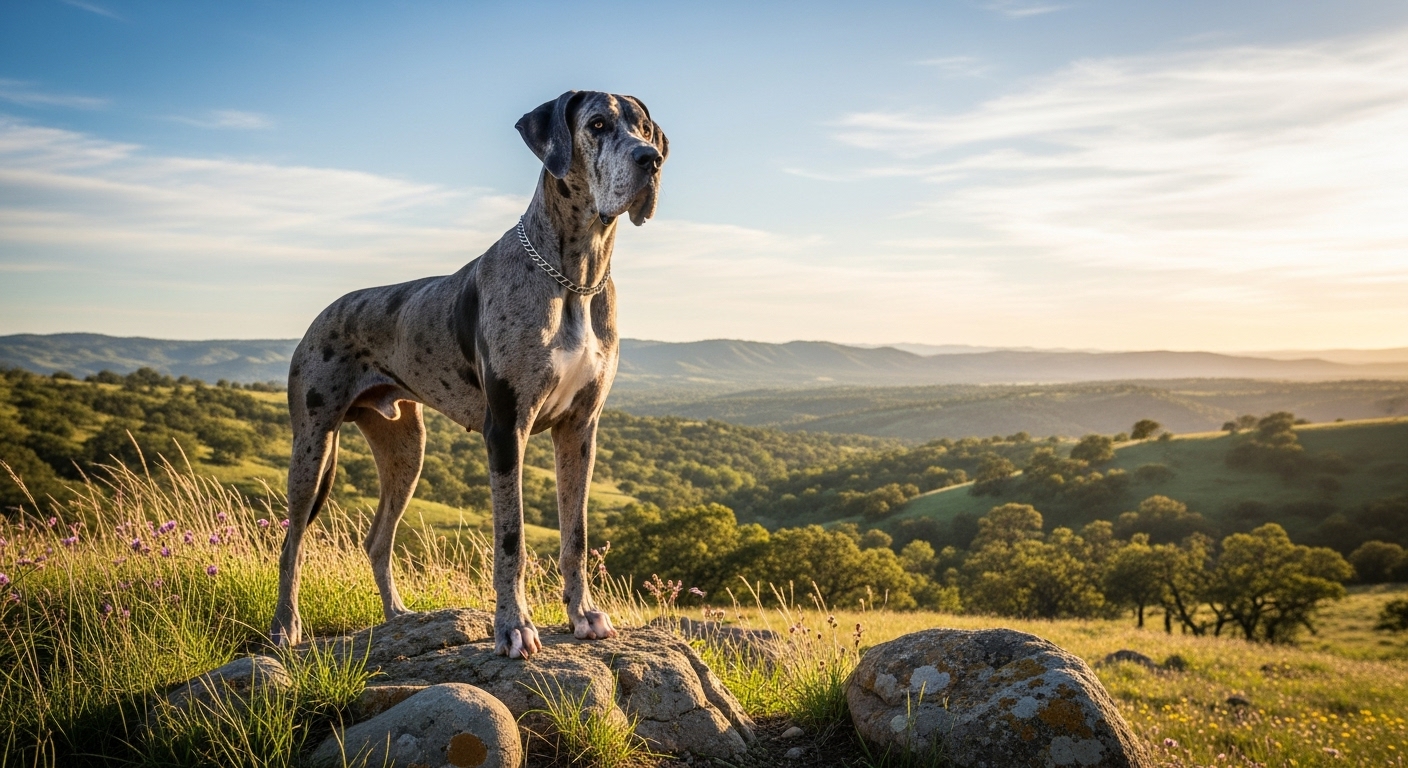Have you ever wished for a dog that doesn’t need to follow you from room to room like a furry shadow?
While many dog breeds crave constant attention, others are surprisingly comfortable with their own space. These more independent dogs enjoy companionship but can also relax on their own devices when you’re busy.
That balance makes them a great fit for people who can’t provide constant interaction every hour of the day. Scientists have even found that dogs vary in how much they rely on humans.
A 2024 study published in BMC Biology noted that some dogs are less dependent on human cues, showing more self-reliant behaviors than others. This helps explain why certain breeds are content to spend a few hours alone without stress.
In this article, we’ll explore 9 independent big dog breeds that thrive alone, the reasons behind their development of this trait, and what owners should know before bringing one home. These breeds may be large in size, but their calm and confident nature makes them easier to live with when life gets busy.
Independent Big Dog Breeds That Thrive Alone
1. Great Dane
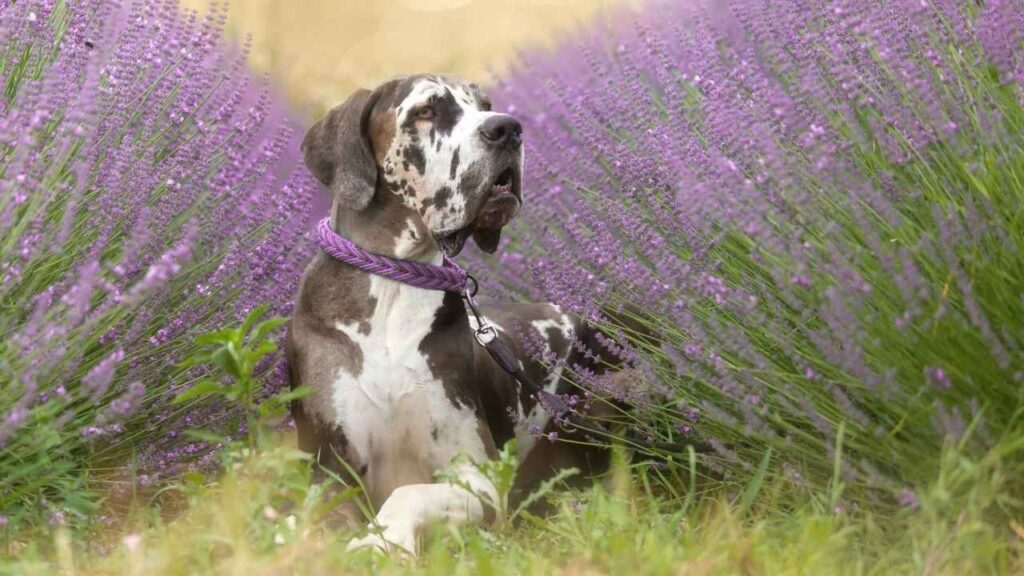
Ever imagine having a dog so tall that it can rest its head right on your dinner table without even trying?
That’s the Great Dane for you!
Known as the “gentle giant,” the Great Dane has a naturally calm and steady personality. Despite its massive size, this breed isn’t as high-energy level as many other dogs, which makes it easier to manage in daily life.
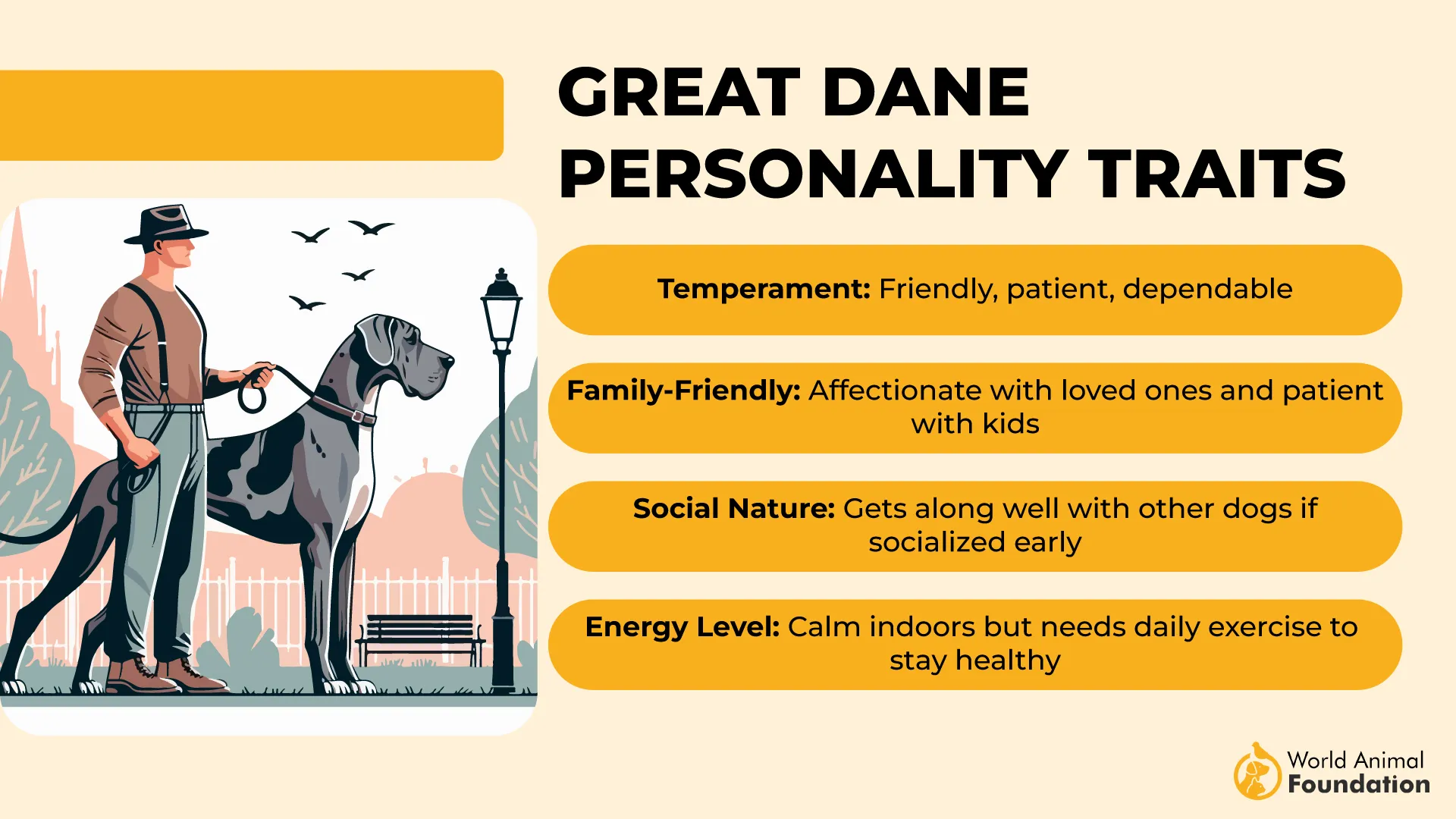
With the right balance of exercise and care, these dogs are happy to spend a few hours alone time without becoming restless. Unlike smaller breeds that may need constant activity, a Great Dane often enjoys quiet moments at home. That doesn’t mean they can be left to their own devices all day.
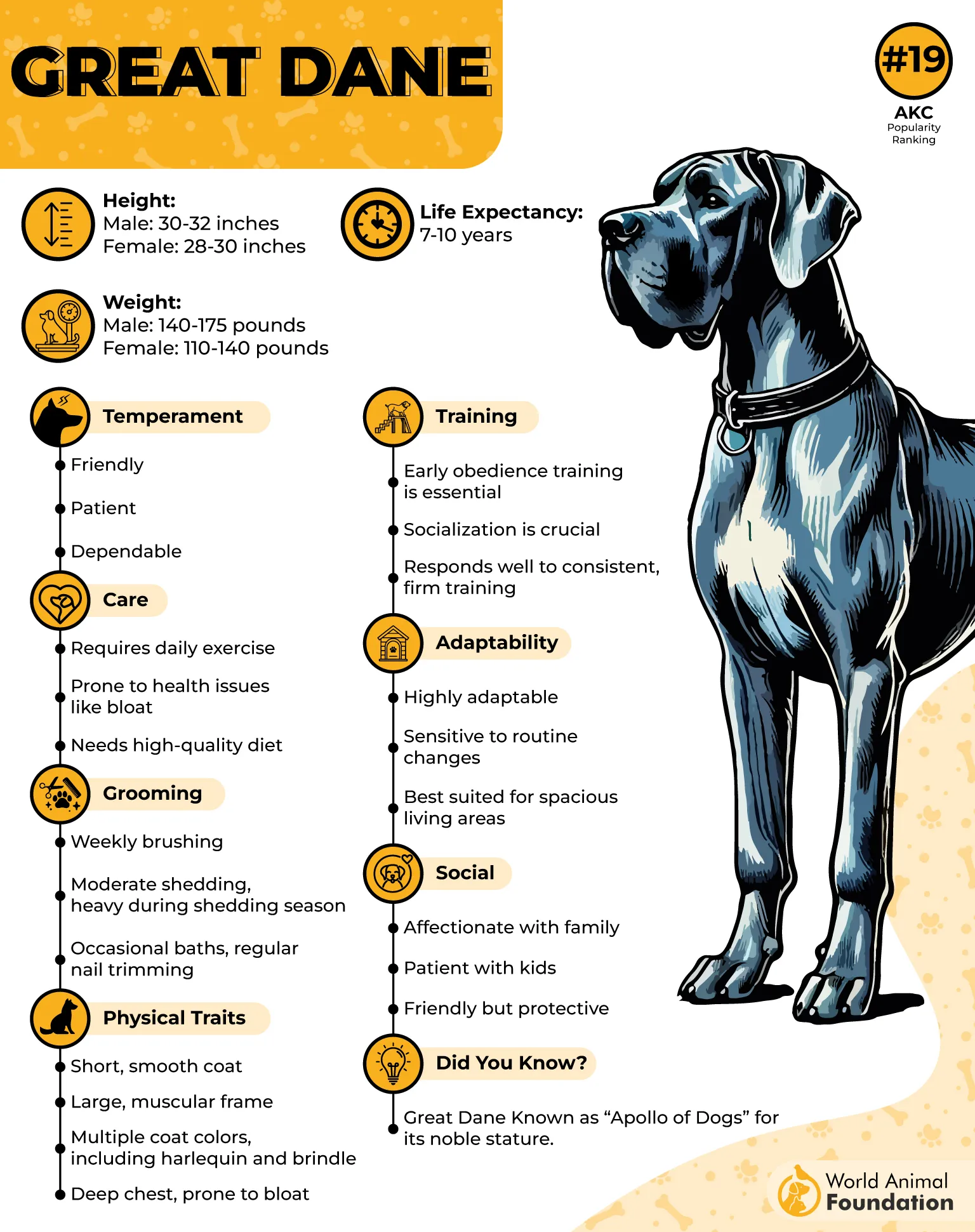
This independent dog breed still needs mental stimulation to stay sharp and avoid boredom. Puzzle toys, short walks, or even calm play sessions help keep them balanced.
Their size may be intimidating, but their loving nature makes them affectionate with their family members while also being independent enough to handle breaks when their owners are away.
Fun Fact
Guinness World Records says that the Great Dane holds the record for the tallest dog ever — a gentle giant named Zeus stood an incredible 44 inches at the shoulder.
2. Alaskan Malamute
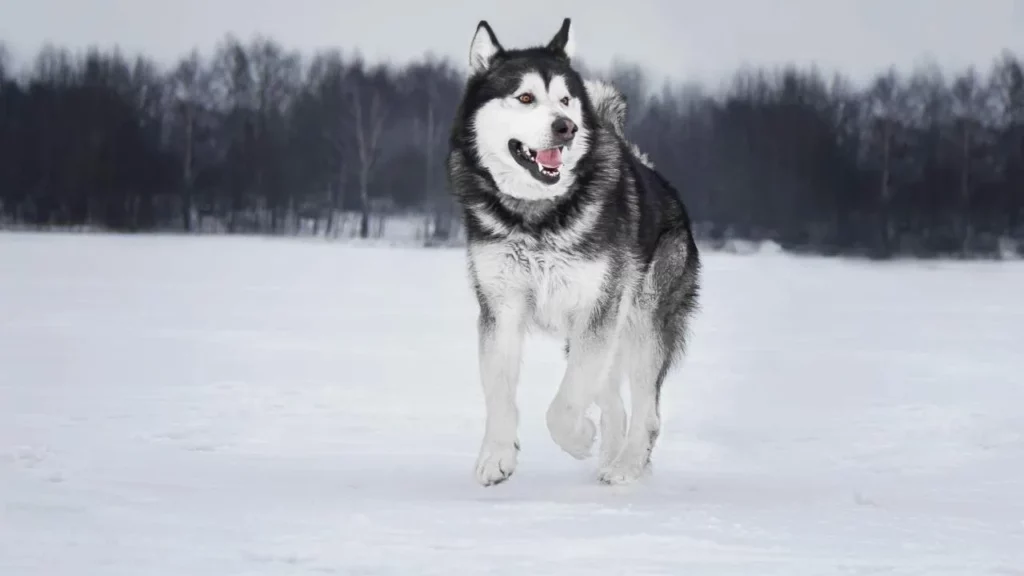
Think your dog is strong? Imagine one that can pull heavy sleds across frozen landscapes for miles without slowing down — that’s the Alaskan Malamute.
This breed was originally bred to haul supplies and even hunt large game in harsh Arctic conditions. That history explains why Malamutes are such independent dog breeds and self-reliant. They don’t constantly look to their owners for guidance but instead carry a quiet confidence in their daily life.
Their thick coat, strong build, and stubborn streak make them well-suited for families who understand their unique nature. While Malaumtes love their family members, they also value having their own space.
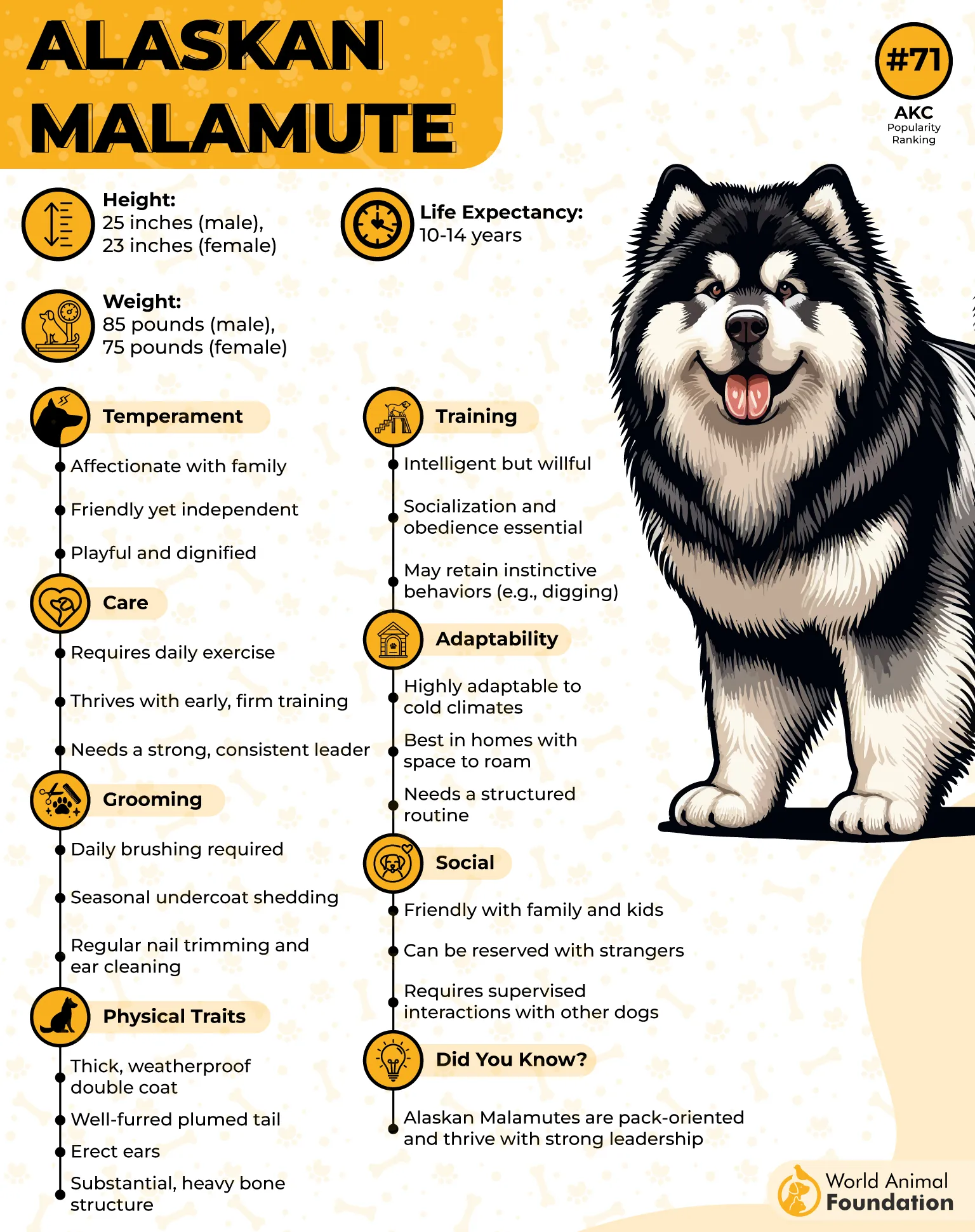
Give them a safe yard or plenty of room, and they’ll happily entertain themselves for a few hours. However, their high energy level means they still need regular training and physical exercise to stay balanced.
With the right approach, they become loyal companions who thrive without demanding constant interaction.
Fun Fact
The Alaskan Malamute is one of the oldest dog breeds, with roots tracing back more than 4,000 years in the Arctic.
3. Romanian Carpathian Shepherd
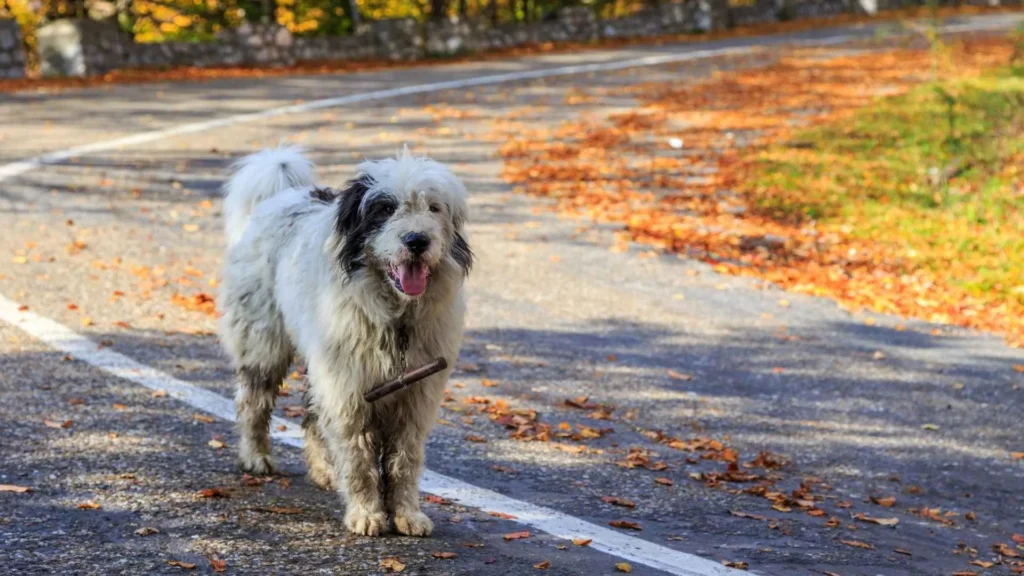
Ever had a dog that looks like it came straight out of a mountain legend—guarding flocks, storms, and fierce wolves?
Meet the Romanian Carpathian Shepherd.
The Romanian Carpathian Shepherd is built for a purpose. Bred in the Carpathian Mountains to guard livestock from predators, this independent dog breed is naturally strong and alert.
It doesn’t need nonstop attention because guarding was its job long before pet ownership became a thing. These independent dogs thrive on their personal space and can spend time watching over the property without getting anxious.
But their independence also means they have a stubborn streak and will test boundaries unless their owners provide consistent leadership and training. Even though this breed doesn’t demand to be your constant furry companion, it still bonds deeply with family members.
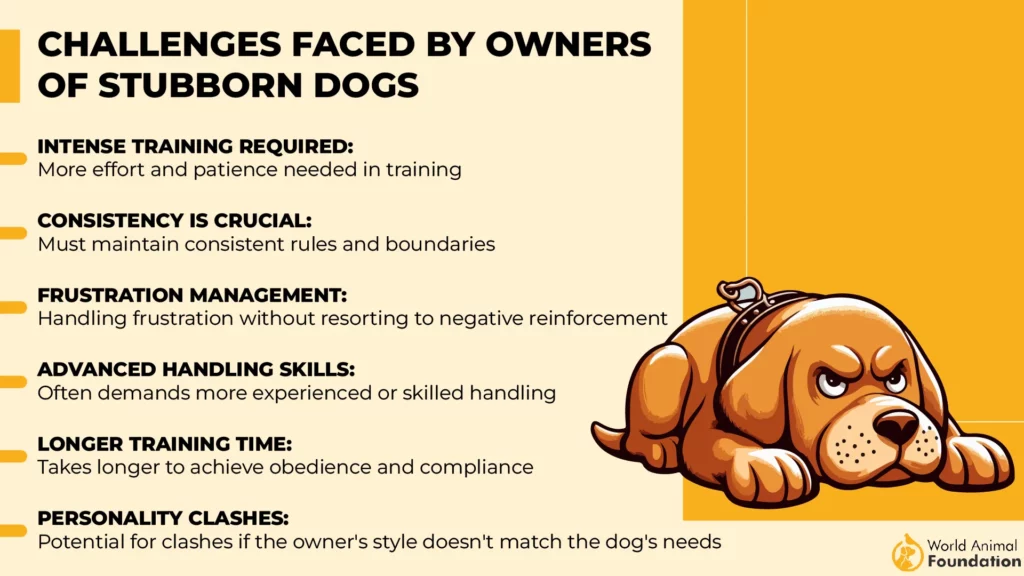
When socialized early, it becomes caring with children and protective—but only after it trusts you. It’s not a lap dog, nor is it one who thrives on being a “furry shadow.”
It enjoys work (real or pretend), such as patrolling a yard or following routines. With mind stimulation, enough space, and good but firm guidance, a Carpathian Shepherd can be very balanced.
Fun Fact:
The Romanian Carpathian Shepherd has been used for centuries by shepherds in remote mountainous areas to guard flocks with minimal human direction. Its instinct to watch and defend is so deep that many say it almost thinks for itself when danger looms.
4. Pyrenean Mastiff
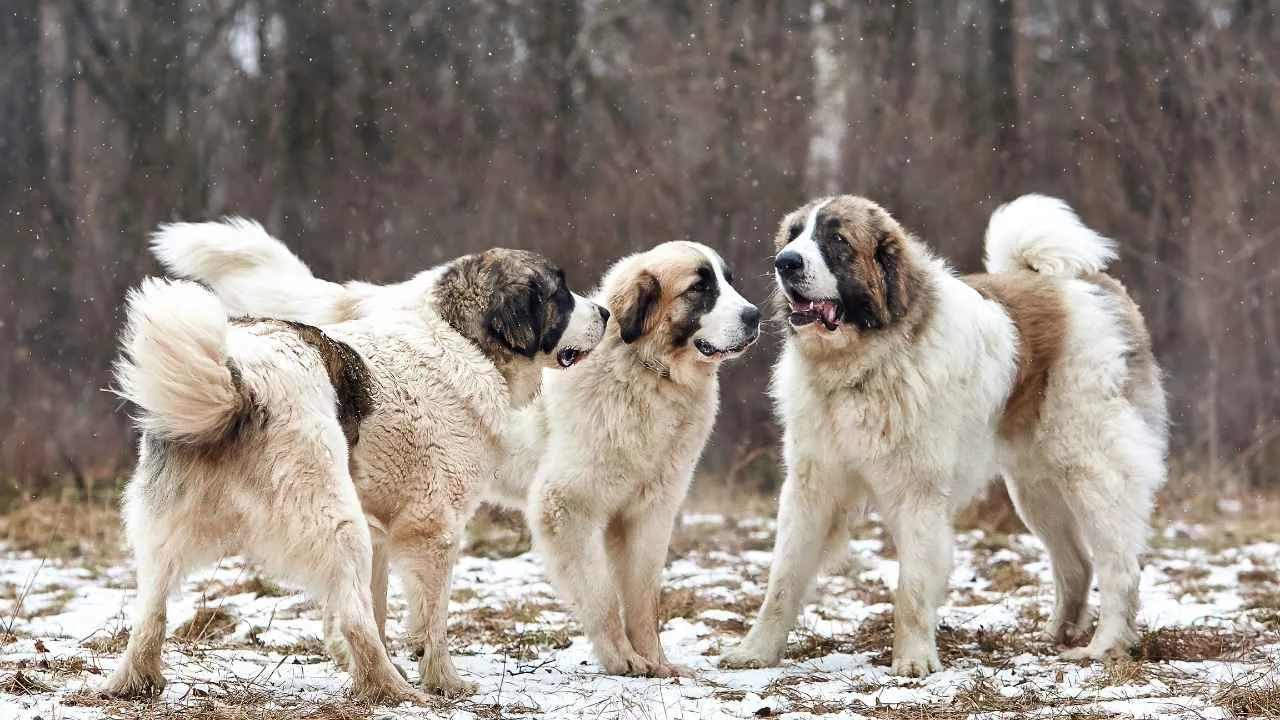
What if your guard dog could double as a couch potato, yet still look like a mountain titan when duty calls?
The Pyrenean Mastiff was initially bred to protect flocks in the Pyrenees Mountains. Because of that history, this independent dog breed is strong, alert, and confident even without someone telling it what to do every moment.
It handles alone time well, especially if given a yard or space to roam and some kind of task. These independent dogs don’t need constant interaction — they prefer breaks where they can relax by themselves, but spring into action if anything seems odd.
Even though it’s independent, the Mastiff is far from cold. It bonds deeply with people, showing loyalty and protectiveness.
It’s not a lap dog and won’t always follow you around, but with proper training and early socialization, it becomes affectionate and dependable. Mental challenges, moderate exercise, and a stable routine help it stay balanced—neither overly demanding nor distant.
Fun Fact
According to PetMD, Pyrenean Mastiffs are huge dogs that can weigh between 120 and 190 pounds.
5. Akita
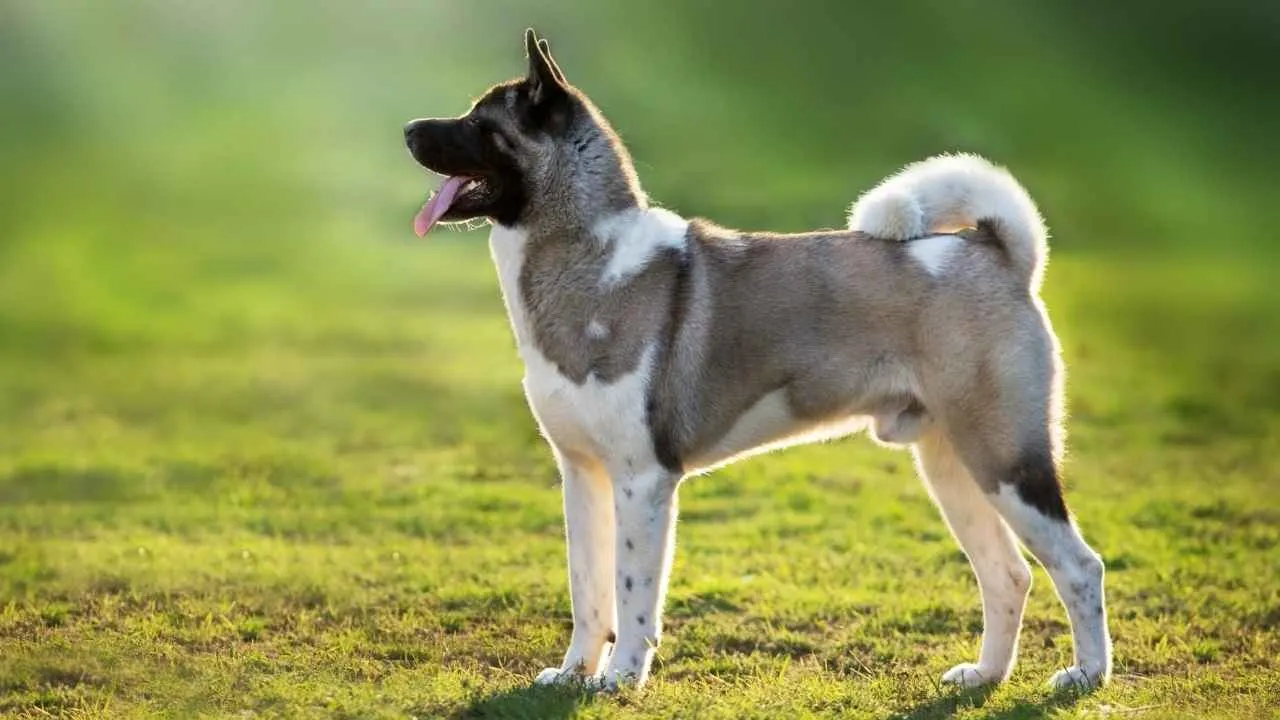
What if your dog acted less like a pet and more like your silent, loyal guardian—watching, thinking, protecting—on its own terms?
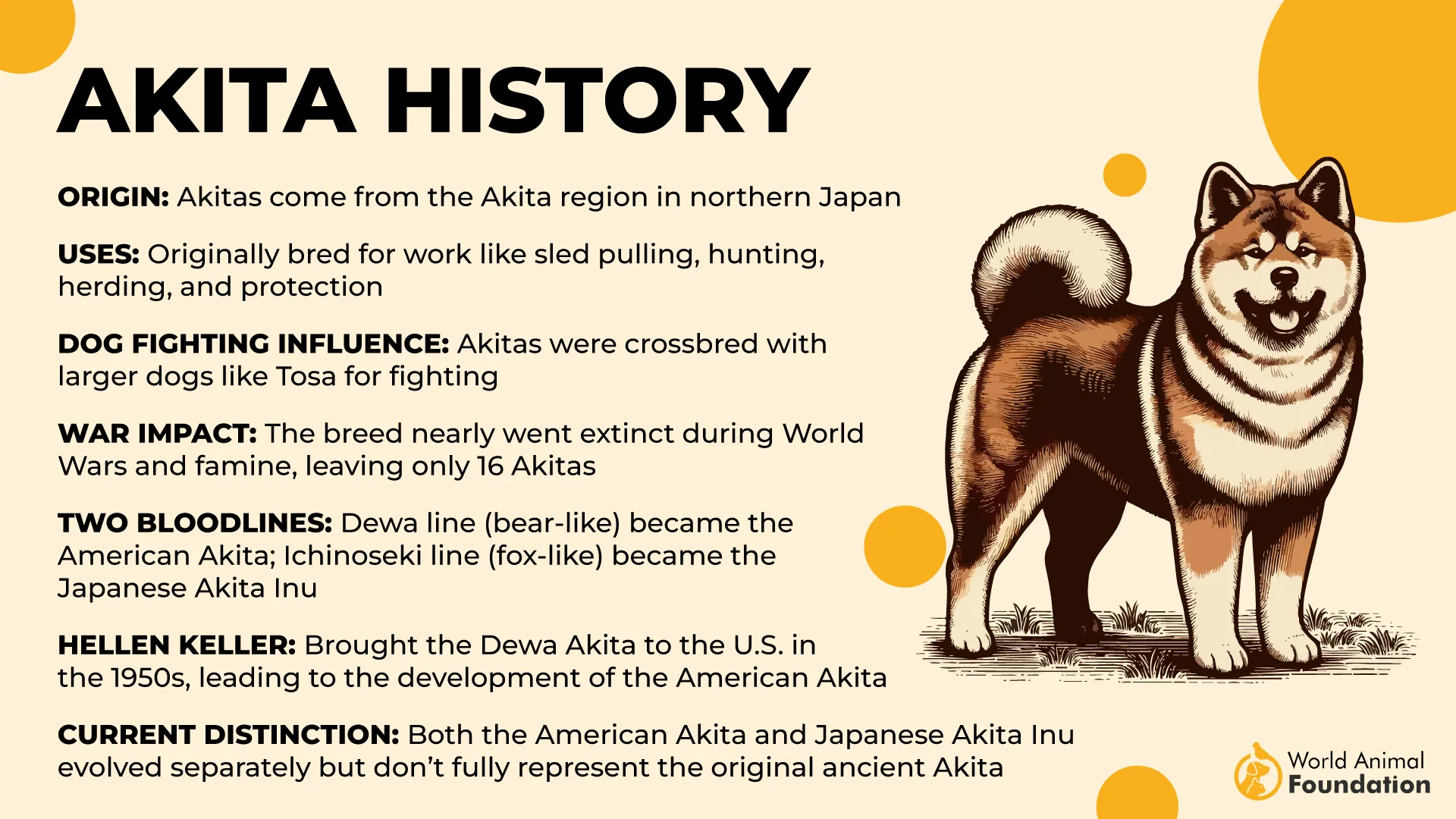
The Akita is an intelligent and independent dog breed. It was originally bred in Japan to hunt large animals and guard royalty, so it learned early to make decisions on its own. Unlike dogs that follow you everywhere, an Akita often prefers alone time or periods where it does its own thing.
It has confidence and dignity and doesn’t need nonstop attention from family to feel valued. But its independence also means it can be stubborn; consistent training, socialization, and establishing a strong bond are key.
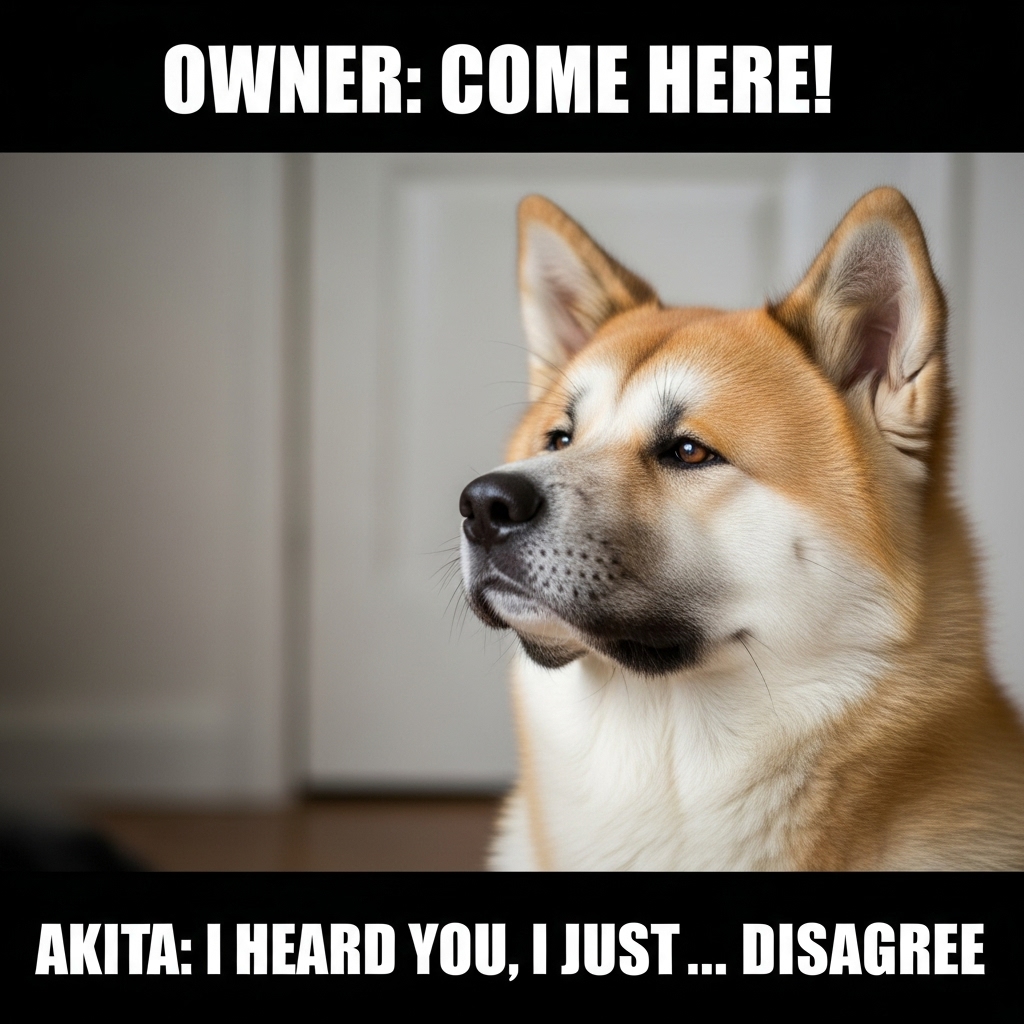
Even though Akitas can handle solitude better than many, they still thrive when their basic needs are met. Things like moderate physical exercise, mental challenges (e.g., puzzle toys or obedience games), and having a secure space help them stay calm and happy.
Proper guidance helps them strike a balance between independence and affection.
Fun Fact
Akitas are known for being “quiet dogs”—they don’t bark much, and often only raise their voice when really needed.
6. Great Pyrenees
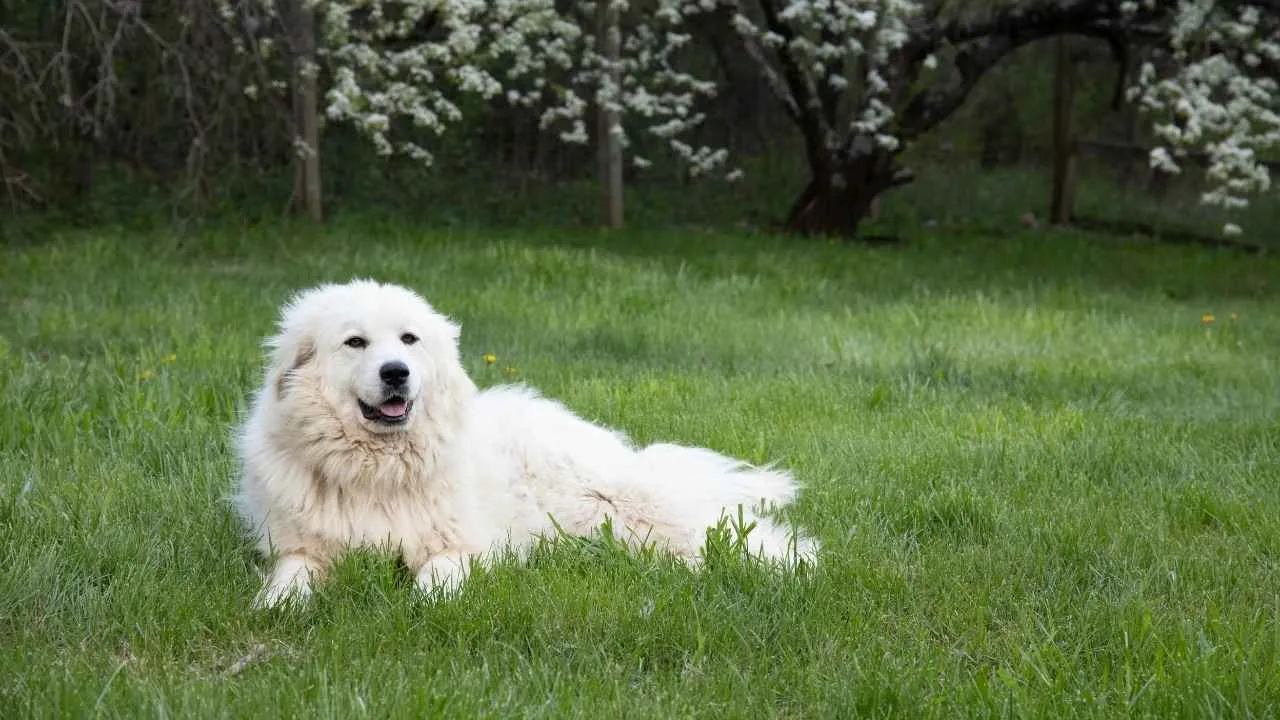
Imagine a giant that’s both your protector and your calm couch companion—majestic, but mellow.
The Great Pyrenees is known for being a calm, independent giant. Bred to guard livestock without constant supervision, this breed comfortably handles many hours alone as long as it has room to roam and senses safety.
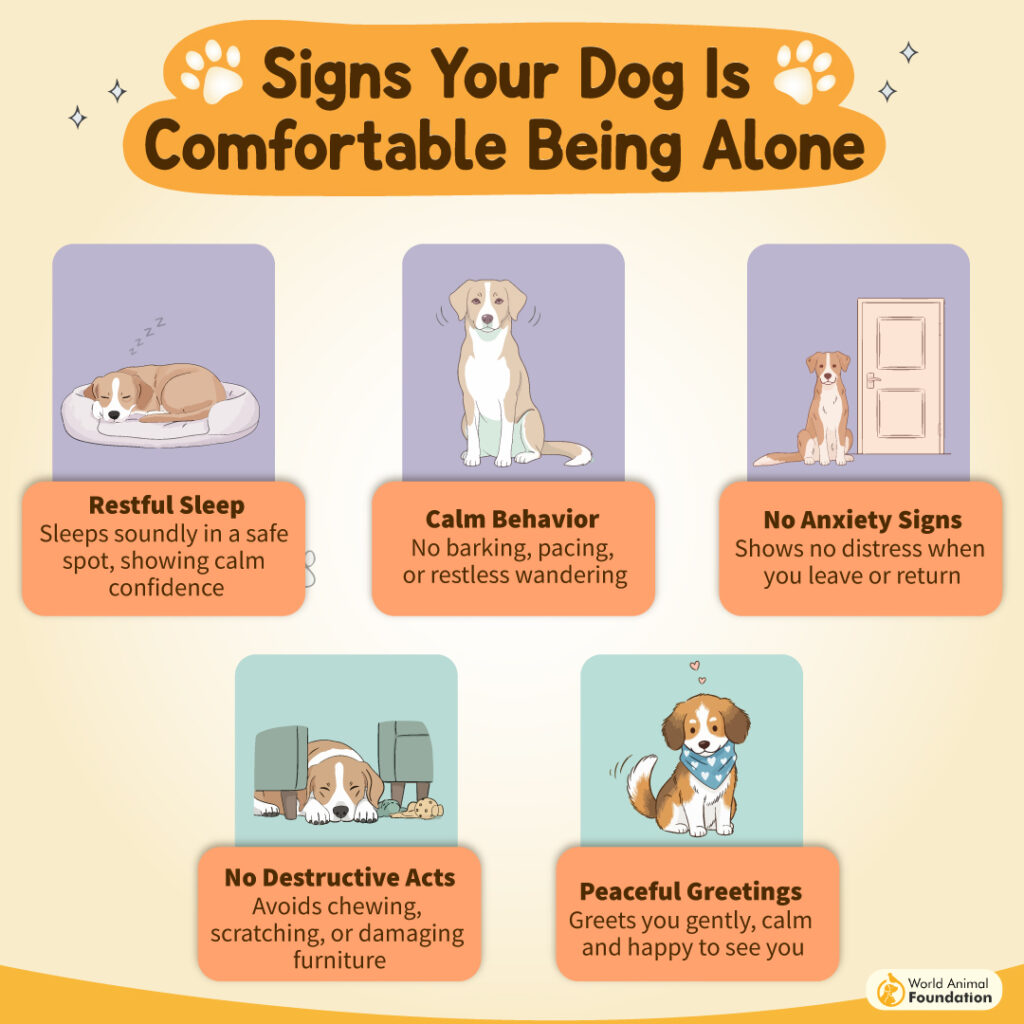
It watches, waits, and protects, but doesn’t demand your undivided attention every minute. Their nature makes them less needy than many other dog breeds, especially regarding constant companionship.
Still, independence doesn’t mean coldness. Great Pyrenees bond deeply with loved ones, showing great affection—especially with children. Early socialization is important so they know what’s normal and what’s a threat.
They need far less attention than clingier breeds. These independent dog breeds respond well when given routines, some mental challenges, and space. They’re comfortable both in apartments and larger homes. Their protective instincts are strong: they’ll bark or act when they believe danger is near, but mostly they are composed.
Fun Fact:
Great Pyrenees were historically trusted to guard flocks at night in mountainous regions; some would roam far to watch over sheep and bark to warn of predators.
7. Anatolian Shepherd Dog
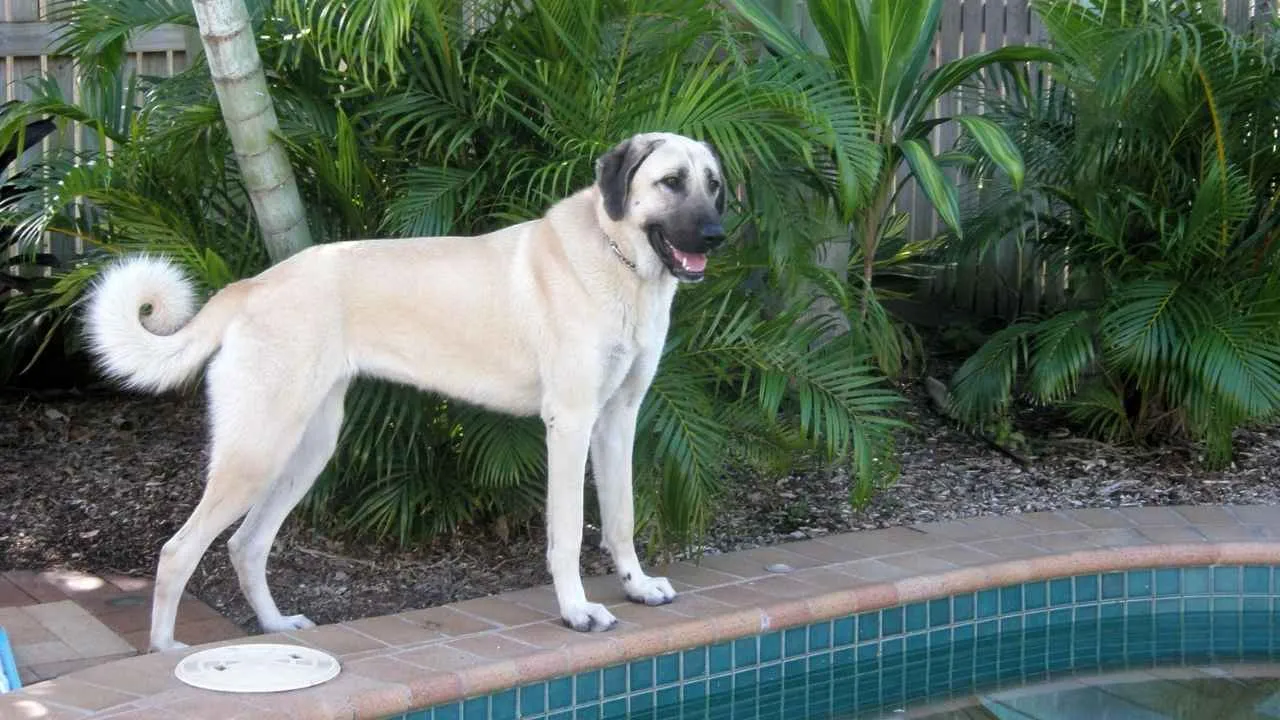
What if your dog could be both a pillar of calm and a fortress in disguise?
The Anatolian Shepherd Dog was bred initially in Turkey to guard flocks with minimal human guidance.
They are one of the most independent dog breeds and make decisions on their own, especially when it comes to protecting their territory. Because of this, the breed handles longer periods of alone time better than many others.
However, that independence often comes with a stubborn streak—these dogs require consistent leadership and clear rules from the start to avoid confusion. Though they are not lap dogs, Anatolian Shepherds show deep loyalty toward their handlers.
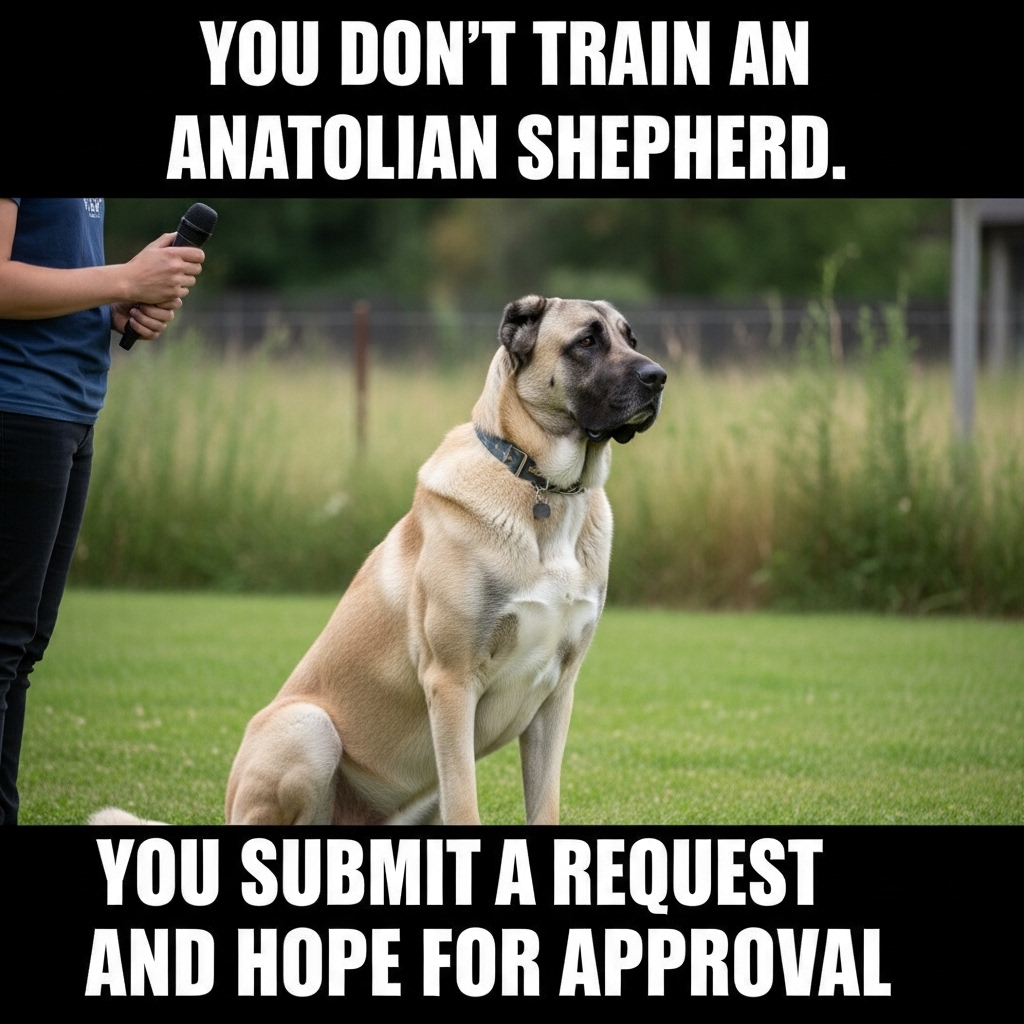
They are not overly affectionate in a clingy way, but once trust is built, they defend and watch over the house with devotion. Size, space, and mental stimulation are important: a big yard, variety in daily tasks, and chances to patrol or walk help wear off excess energy.
If neglected, their protective instincts may misfire toward intruders.
Fun Fact
Anatolian Shepherds can weigh up to 150 pounds and are known for endurance: in rugged terrain, they can watch flocks for hours without direction.
8. Tibetan Mastiff
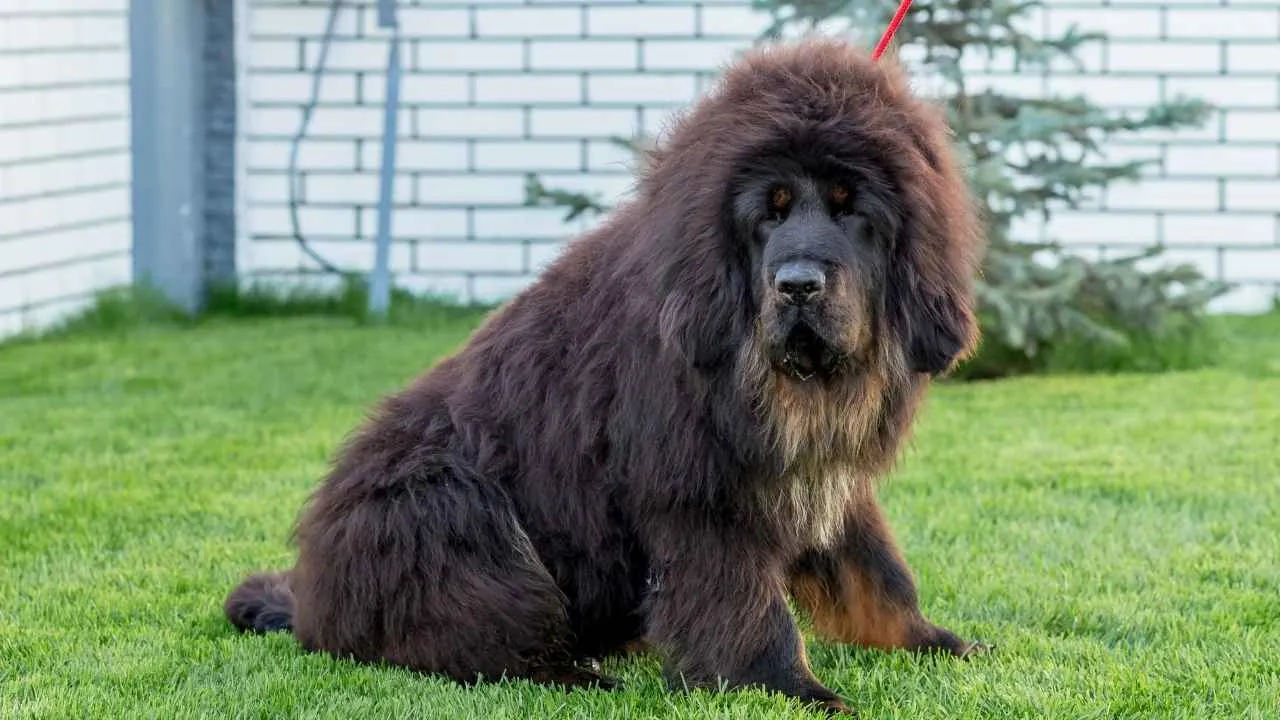
Imagine a dog that rules the night quietly—with its gaze, not its bark.
The Tibetan Mastiff originates from remote Himalayan areas, where it served as a guardian with minimal oversight. Its temperament is calm, strong-willed, and deeply self-reliant. It doesn’t need constant interaction; in fact, it often prefers solitude unless guarding duty calls.
This independent dog breed thinks for itself, so it may not always obey commands as readily as breeds bred for obedience. Training takes patience, consistency, and respect.
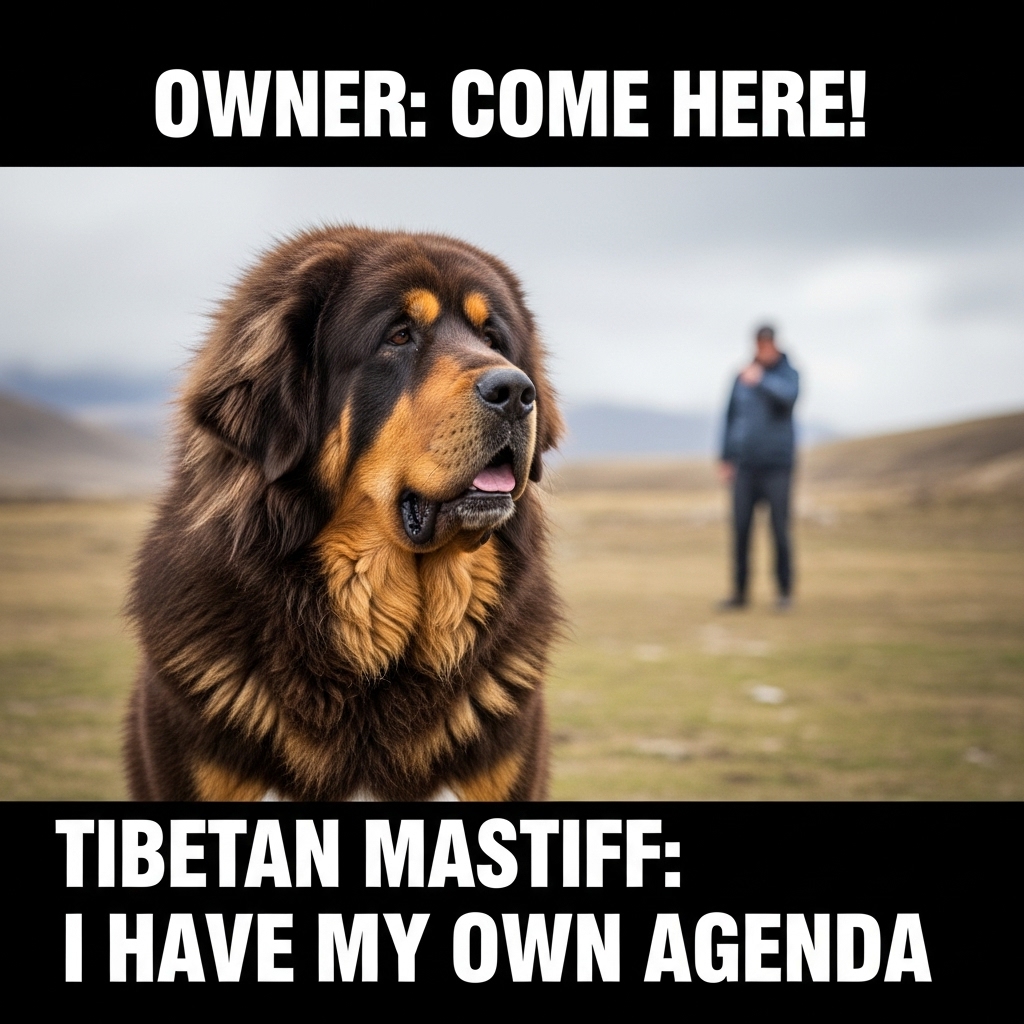
Despite its independence, the Tibetan Mastiff forms a strong bond with its owners. It’s affectionate with people, especially children, but towards strangers or unknown animals, it’s reserved and protective.
Mental stimulation and space to roam are essential. If confined too much or left without anything to do, even this calm giant may become restless or destructive. When its instincts are honored and its environment is suitable, it becomes a steady and dignified companion.
Fun Fact
Tibetan Mastiffs are so quiet by day that many owners say they act like “silent guardians.” Yet at night, their guarding instincts can make them bark loudly, especially in unfamiliar situations.
9. Komondor
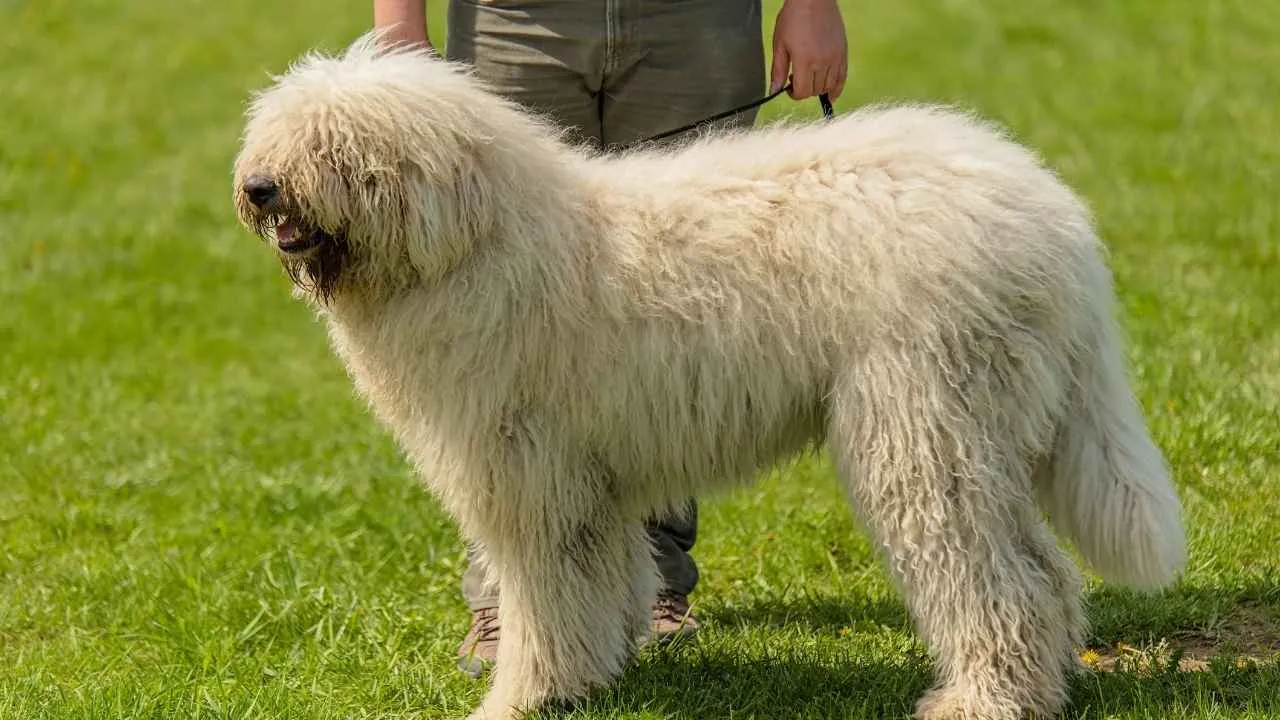
What fluffy mop that walks is also a quiet watchdog? Let me introduce the Komondor.
The Komondor was bred in Hungary as a flock guardian. Its striking corded coat was useful for blending in with sheep and protecting them from predators. Because of that work, the Komondor developed strong independent instincts: it can spend solo time guarding with little direction.
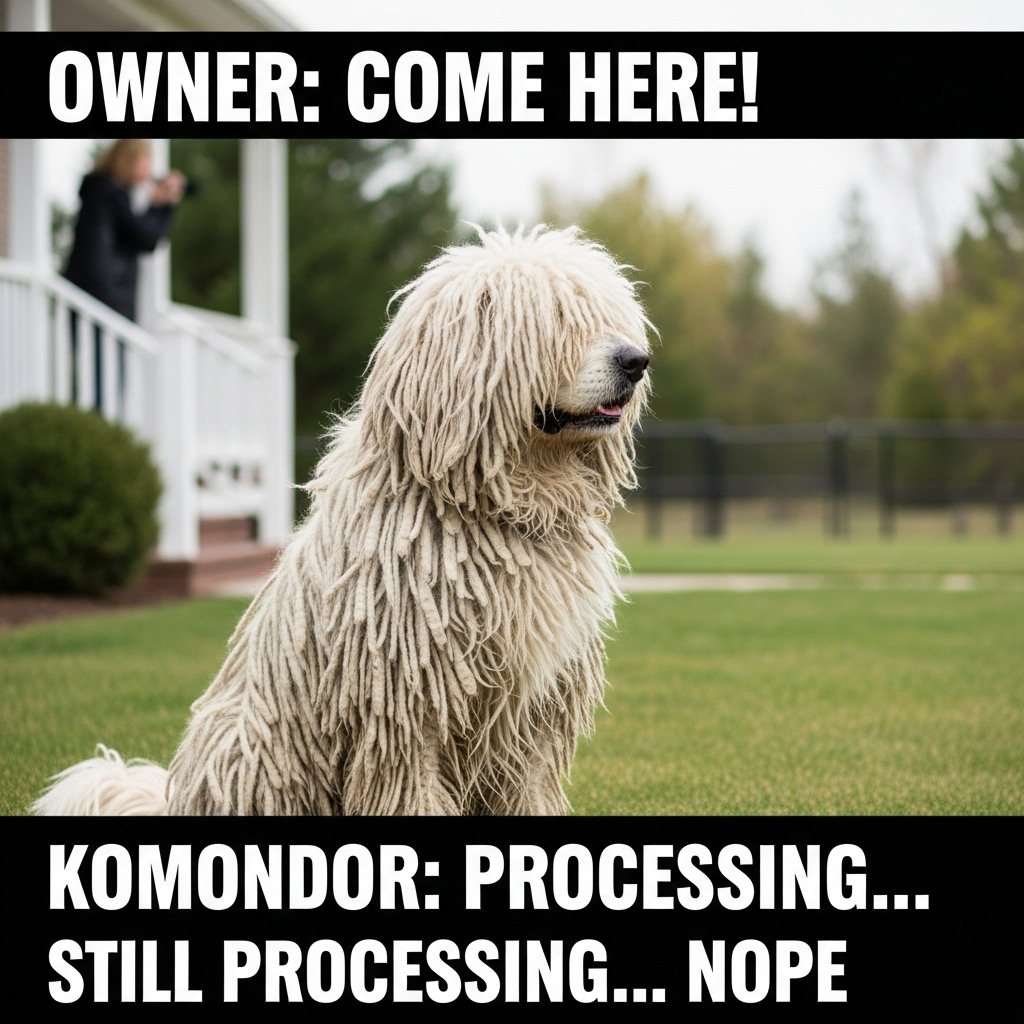
This independent dog breed doesn’t need to be your constant companion or follow you everywhere. But its guarding instincts mean it can be wary of strangers or threats, so early socialization and clear leadership are crucial. This breed is loyal and calm with its family members. It does best in homes where there is space—a yard or property it can patrol or at least monitor.
Though not overly high energy, the Komondor needs purpose: routines, occasional tasks, and mental challenge so it doesn’t become bored. It won’t be a lap dog, but it can be a devoted companion for owners who respect its desire for independence and space.
Fun Fact
Komondors’ corded coats are more than just style—they developed naturally so the dog would be camouflaged among sheep and withstand harsh weather.
Conclusion
At the end of the day, these dogs prove that independence doesn’t mean a lack of love.
From the calm and watchful Great Dane to the dignified Komondor, each breed shows that loyalty can look different—sometimes it’s in quiet protection, other times in simply enjoying life alongside you without constant attention.
Choosing a good independent dog breed can be a blessing for busy families, people with active lifestyles, or those who appreciate a companion that can think for itself. No matter the breed, the bond grows strongest when trust, respect, and care come together.


